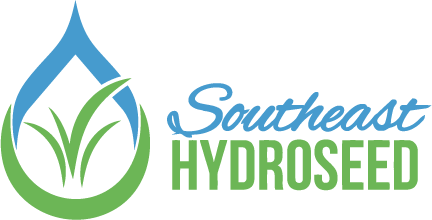FAQ
Frequently asked questions
Hydroseeding is a planting process that uses a slurry of seed, mulch, fertilizer, and water sprayed over a prepared area to promote seed germination and turf establishment.
Hydroseeding offers quick and uniform coverage, erosion control, reduced labor costs, and enhanced seed germination rates compared to traditional seeding methods.
A variety of seeds can be used, including grass seeds for lawns, wildflowers for erosion control or landscaping, and specialized mixes for sports fields or reclamation projects.
This will depend on the seed choice, but germination typically occurs between 7 to 10 days, and full establishment can be achieved within 3 to 4 weeks under optimal conditions.
Regular watering, mowing, fertilizing, and weed control are necessary to ensure successful establishment and long-term health of the seeded area.
Yes, hydroseeding is effective on slopes and uneven terrain, providing excellent erosion control and seed coverage even on challenging landscapes.
Hydroseeding is considered environmentally friendly as it reduces soil erosion, requires less water than traditional seeding methods, and promotes healthy plant growth without harmful chemicals.
Yes, hydroseeding is commonly used for large-scale projects such as highway slopes, golf courses, athletic fields, and reclamation sites due to its efficiency and effectiveness.
